3D Product Prototyping
5 Ways It Has Changed the Manufacturing Industry
3D product prototyping has changed the manufacturing industry in a way that was never thought possible. Powered by 3D printing technology, this method of prototyping offers greater flexibility at a lesser price, making it increasingly popular among furniture manufacturers. As you may know, building the right prototypes is very essential – it is the first iteration of a product that is built once the specifications and design have been finalized. The success and failure of a prototype shows if the product is suitable or if it needs more improvement.
Given their purpose, it is only natural for prototypes to be designed, edited and even re-designed multiple times. This makes it very essential for the process to be as time- and cost-effective as possible. While there are general tips that can be used to decrease the wastage percentage, 3D modeling and product prototyping works in a way that traditional manufacturing simply cannot. Here are five ways in which 3D printing helps streamline the prototyping process.
#1. Reduced Wastage
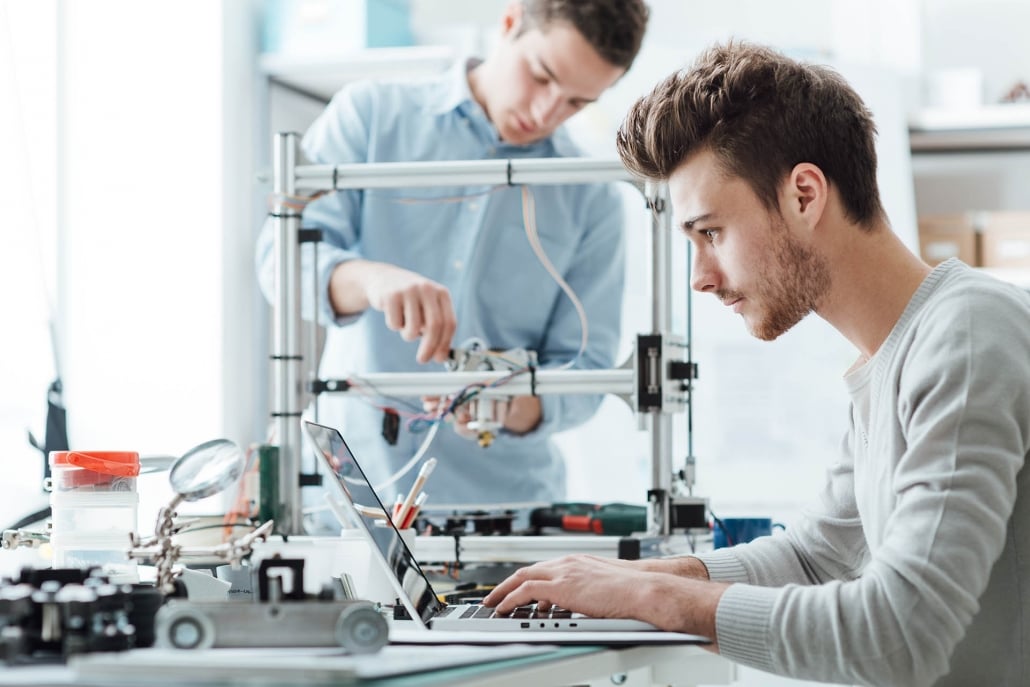
In today’s day and age, it is a top priority for companies all over the globe to reduce their carbon footprint as much as possible. The more eco-friendly a company is, the bigger the advantage it has over its competitors. Furniture retailers are no exception to this rule. Traditional manufacturing is very intensive in terms of the time, materials and labor used. Currently, around 21% of materials are thrown away as wastage by companies that employ traditional manufacturing. With 3D printing, this percentage can be reduced to as little as 10%. Lesser wastage automatically means a lesser amount of labor, time and of course materials used.
There are three key ways in which this is possible. First of all, 3D printers need less power to run which saves energy. Next, the number of materials used to build test designs to create a 3D product prototype is much less, which decreases the percentage of material wastage. Last but not least, 3D printing software helps create, adjust and even re-design models virtually, which reduces the amount of manual labor, and by extension, the cost and time associated with them. The time, money and effort thus saved in 3D product prototyping can be used in more productive pursuits, such as marketing for the business and improving customer service, among others.
#2. Boosted Innovation in Designs
Traditional prototyping depends on the process of assembling various parts. This means that manufacturers have to look into the components and design elements of every single part of the prototype to ensure that they fit together in the end. If that does not happen, the whole process would have to be restarted. This is a long-drawn process that requires a lot of time, patience, energy, and effort – just to make sure that the prototype simply “works”.
3D product prototyping simplifies the process as 3D modeling services produce prototypes from one whole piece of material. This eliminates the need for components to be separately made and assembled. Not only does this save a lot of time, but it also helps engineers focus on how the design itself looks, and add creative elements in the rendering process. Without the constraints of configuration and assembly, engineers can easily play with new design elements and features to create multiple prototypes – without affecting the efficiency of the production process. The 3D printed prototype based on a ready product 3D model is bound to be a far cry from that made using traditional prototyping methods.
#3. Improved Efficiency During the Prototyping Stage
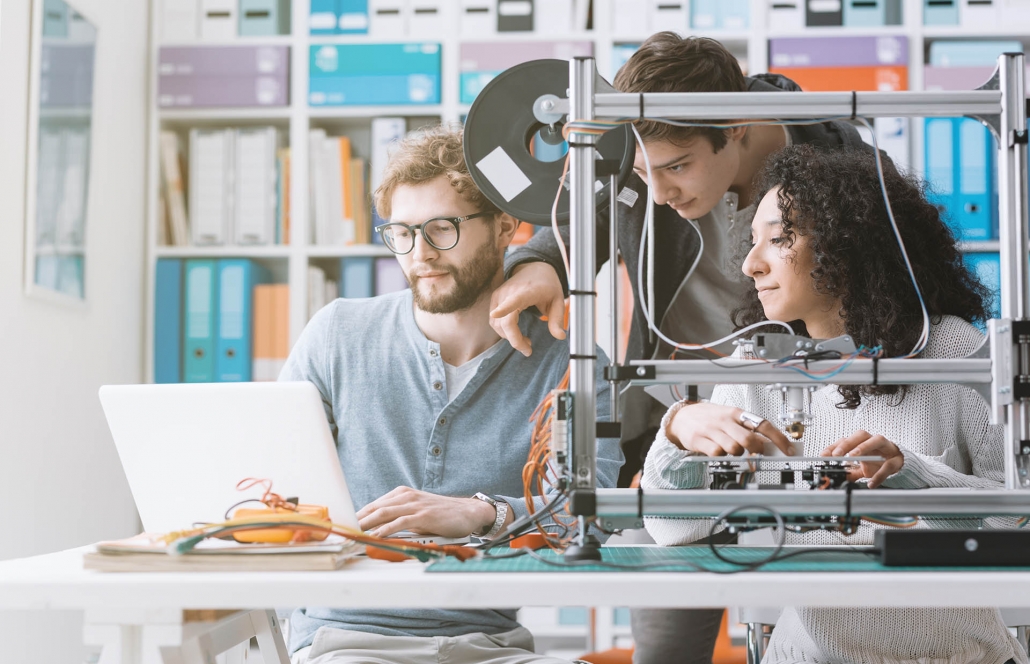
It is a known fact that around 25% of the processes used in manufacturing are never utilized. This means that a minimum of one out of four processes has no contribution to manufacturing, in turn causing a lower production rate and finally reduced levels of sales and revenue. The main reason this happens is that the various specialist processes employed in traditional manufacturing offer little to no flexibility. Take for instance injection molding and die casting – both are processes that need precise machinery and ways of operation.
3D printers, on the other hand, are very versatile. They single-handedly help finish a variety of tasks – each of which would ordinarily need a specialized machine. They are not limited to creating a single type of material – a single machine, for instance, can be used to create at least 15 very different 3D printed prototypes – all in quick succession and without having to switch any systems. This has a much higher rate of utilization. With 3D product prototyping, manufacturers can easily streamline the development process, reduce the amount of time spent, and in turn, increase the overall output.
#4. Made the Design Process Simpler and More Efficient
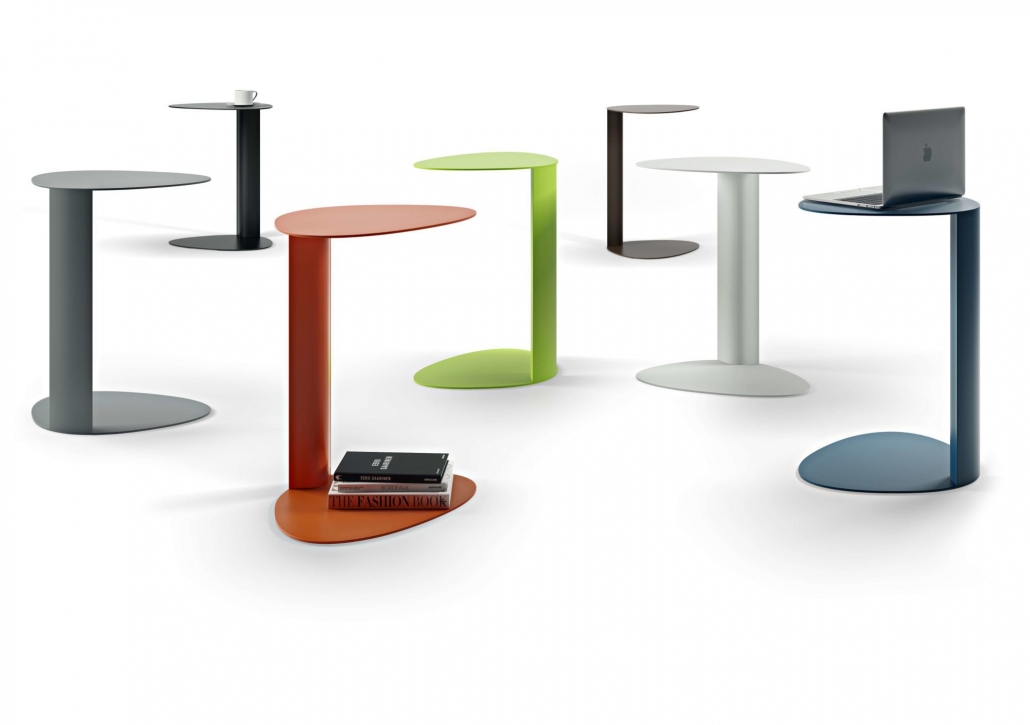
Conventional methods of product prototyping come with a big set of limitations. First of all, the process itself is divided into various stages, making it absolutely essential to look into every stage carefully and make sure that they are all coherent. Secondly, the prototype is almost always made from a material that is similar, but not the same as that of the actual product. Both of these factors make inconsistencies inevitable as the prototype created is never a fully accurate iteration of the end product.
While 3D product prototyping is not entirely free of limitations, it is much more ahead than its traditional counterpart. 3D printing eliminates the need to create the prototype in stages – an entire prototype can be modeled and rendered in a single go with the help of a digital thread. And if any inconsistencies do crop up in the model, they can easily be modified and/or corrected with the help of product rendering software and quality sent to a 3D printer again.
#5. Created Manufacturing as a Service (MaaS)
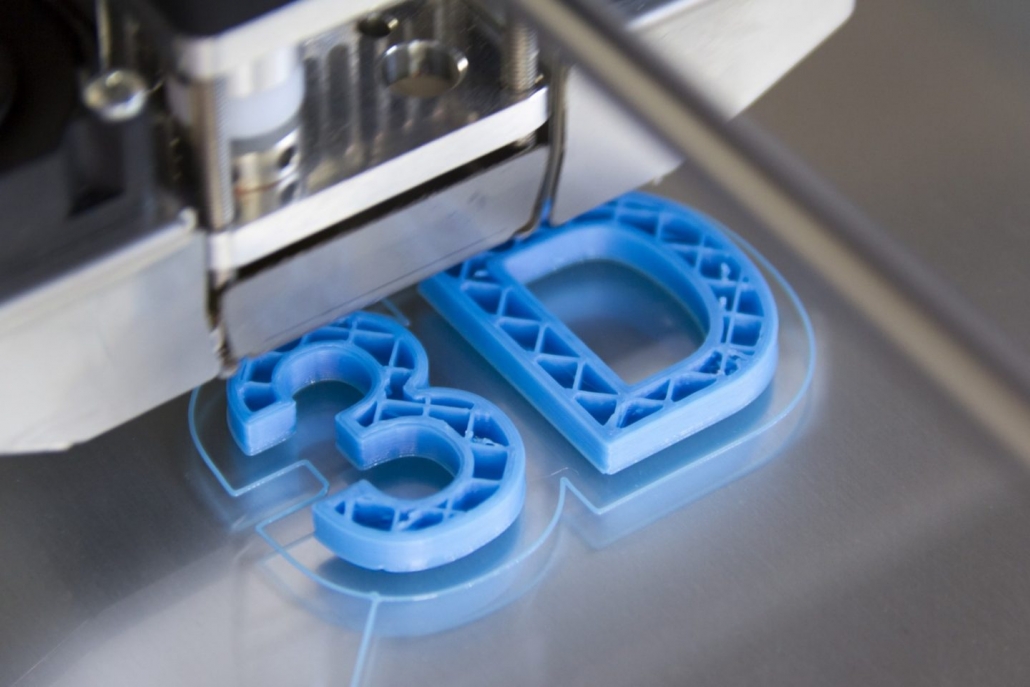
While we are all aware of what Software as a Service (SaaS), very few are aware of the burgeoning popularity of Manufacturing as a Service (MaaS). Once a theoretical concept confined to closed room discussions, MaaS is now an emerging trend – one that could never have been possible without 3D product prototyping. Companies are slowly but surely deviating from building singular products and modeling their business in a way in which they can deal with multiple clients and create numerous designs simultaneously.
3D printing product prototypes help make this deviation a viable reality – a company can easily take on multiple and varied projects and complete them with ease and efficiency by installing multiple 3D printers. They can easily utilize rapid tooling services to create multiple prototypes, make their product catalog more diverse, and cater to a larger market. This, in turn, fosters innovation and makes 3D printing more accessible.
At the end of the day, the main goal for any business is to stay at the top of their game by satisfying the needs of their customers and generating profits. In the field of manufacturing, furniture stores are benefited greatly by 3D printing, as they can use it to make the 3D product prototyping better while saving amply on both time and money. The advantages of 3D printer prototypes are indeed undeniable as more and more companies are choosing to adopt it over traditional manufacturing methods. Most 3D printing today is used to create prototypes, but it will not be long before it will be the “conventional” way to manufacture products on a large scale.
Are you interested in making your project successful, cost-effective, and attractive? Feel free to contact us for CGI services – our professional team of specialists can provide you with high-quality product 3D models perfect for 3D printing.
Leave a Reply
Want to join the discussion?Feel free to contribute!

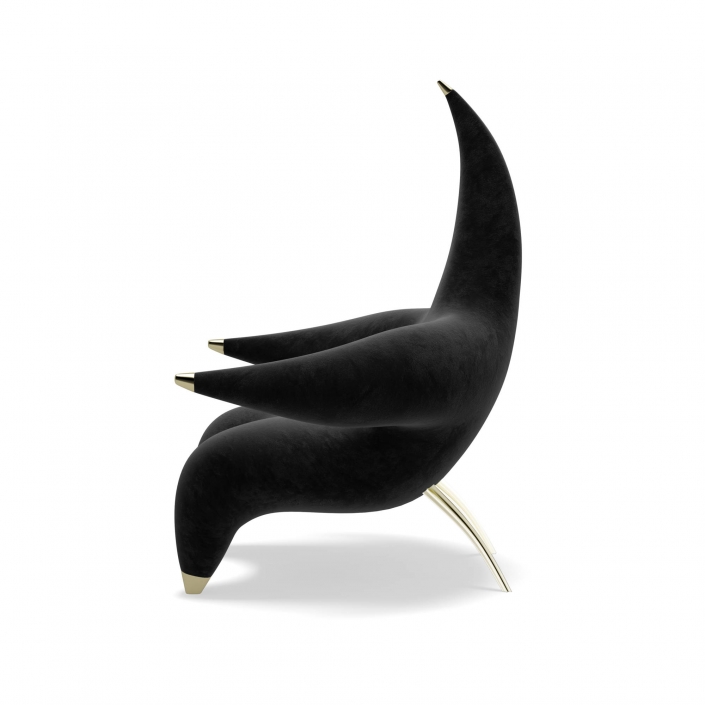


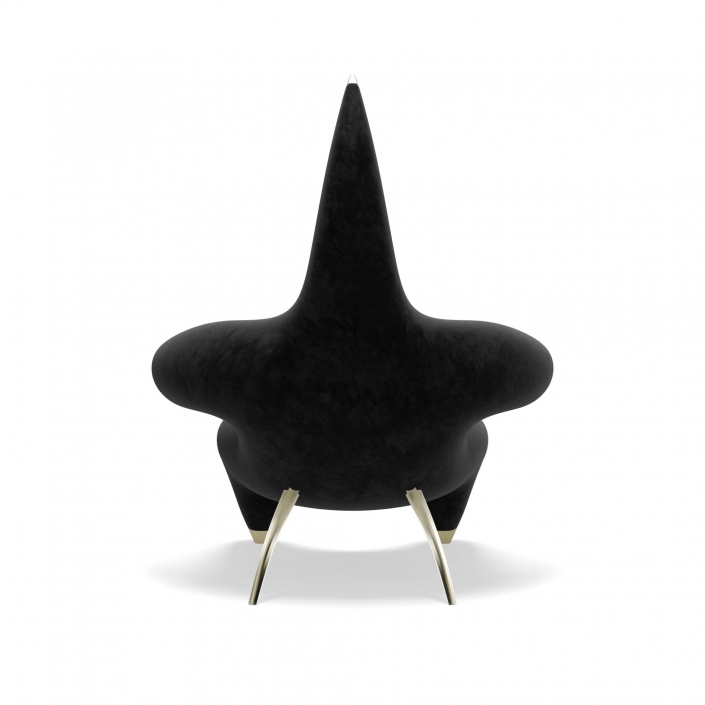


It’s cool that you point out that 3D printing makes it easy to create prototypes. I have an idea for a piece of furniture that I would like to create, so I’m thinking about hiring a 3D printing service to make a prototype for me. I’m going to look for a good provider of 3D printing services that I can hire.
Outstanding.. your outlook on that is amazing